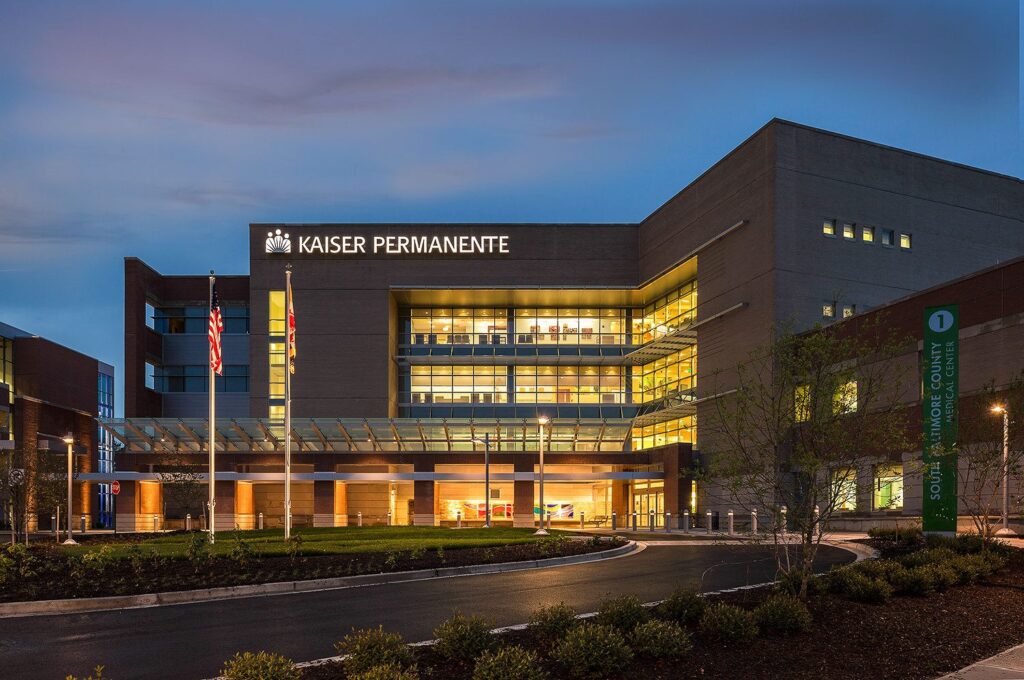
What You Should Know:
– Kaiser Permanente, the nation’s largest non-profit integrated healthcare provider, has announced the rollout of a new assisted clinical documentation tool across its extensive network.
– The solution leverages AI technology to streamline administrative tasks and empower doctors to focus on personalized care for their patients.
Prioritizing Patient-Centered Care
Available at Kaiser Permanente’s 40 hospitals and over 600 medical offices in eight states and the District of Columbia, the tool is powered by Abridge’s ambient listening technology. This secure system allows doctors to capture clinical notes during patient visits through natural conversation, minimizing administrative burdens and maximizing valuable face-to-face time.
Focus on Communication and Collaboration
Kaiser Permanente’s core philosophy emphasizes a strong patient-doctor relationship built on open communication. The new tool aligns perfectly with this vision by allowing doctors to dedicate more time to actively listening to patients’ needs and involving them in collaborative care decisions.
AI for Secure and Accurate Documentation
The AI-powered technology securely summarizes relevant medical information from spoken conversations. Kaiser Permanente prioritized patient privacy throughout the implementation process, conducting rigorous testing and quality checks. Patient consent is always required, and doctors review the generated notes before they become part of the patient’s medical record.
“Our physicians strive to make every interaction with patients matter and work to establish a good rapport with our members so they know they are understood and heard,” said Ramin Davidoff, MD, executive medical director and chair of the board with the Southern California Permanente Medical Group. “By reducing administrative tasks, we’re making it easier for our physicians to focus on patients and foster an environment where they can provide effective communication and transparency while meeting the individual needs of each patient who comes to them for care. Creating space for the patient and the physician connection is what inspired us to implement this technology. And we hope that those connections and improved efficiencies will help with the sustainability of the practice of medicine for many doctors.”

